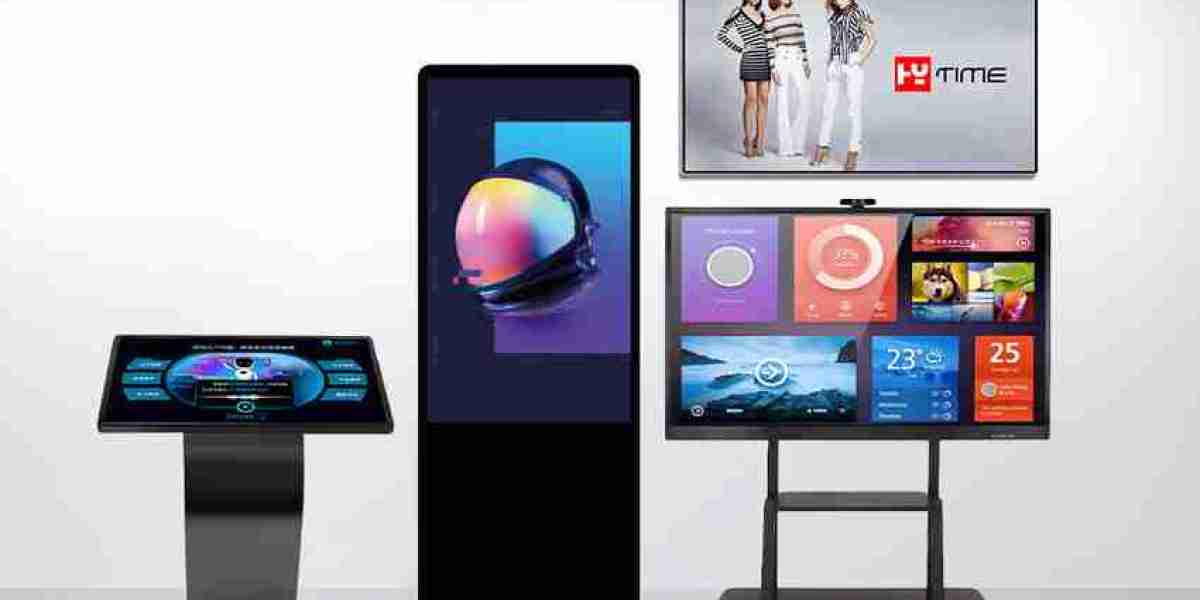In today's fast-paced, technology-driven world, businesses constantly seek innovative ways to connect with their customers. Digital signs have emerged as a powerful tool to enhance customer engagement, delivering dynamic, visually appealing content that captures attention and drives interaction. In this article, we delve into the multifaceted ways digital signage can transform customer experiences and improve engagement, ultimately boosting brand loyalty and sales.
What Are Digital Signs?
Digital signs refer to electronic displays used to present multimedia content such as videos, images, text, or interactive elements. Typically powered by software solutions, these signs are prominently used in various industries, including retail, hospitality, healthcare, and corporate environments. Unlike traditional static signage, digital signs offer dynamic and adaptable content that can be customized to meet specific audience needs in real-time.
The Importance of Customer Engagement
Customer engagement is the lifeblood of any successful business. Engaged customers are more likely to make repeat purchases, recommend a brand to others, and remain loyal over time. Digital signage plays a pivotal role in fostering this engagement by creating an immersive and personalized experience. By delivering targeted, timely, and visually captivating content, businesses can hold customer attention, spark curiosity, and encourage action.
Key Ways Digital Signs Improve Customer Engagement
1. Capturing Attention with Dynamic Visuals
One of the primary advantages of digital signs is their ability to attract and retain attention. Humans are naturally drawn to movement and vibrant visuals, making digital displays a powerful medium for grabbing the interest of passersby. High-resolution screens showcasing dynamic content such as animations, videos, and rotating images stand out in cluttered environments, ensuring your message reaches its intended audience.
2. Enhancing Personalization
Digital signs allow businesses to tailor content to specific customer segments. For example:
- Retailers can use digital signage to display promotions relevant to a shopper's demographic.
- Restaurants can show menu items based on the time of day or weather conditions.
- Hotels can offer personalized welcome messages to guests upon check-in.
This level of personalization creates a deeper connection with customers, making them feel valued and understood.
3. Enabling Real-Time Updates
Unlike static signage, digital signs can be updated instantly. This capability is invaluable for:
- Broadcasting time-sensitive promotions or limited-time offers.
- Communicating real-time information, such as event schedules or flight details.
- Displaying emergency alerts or critical announcements.
These real-time updates ensure that customers always receive the most relevant and up-to-date information.
4. Encouraging Interactivity
Interactive digital signs take customer engagement to the next level by inviting users to actively participate. Touchscreens, QR codes, and motion sensors enable customers to:
- Browse product catalogs.
- Provide feedback or complete surveys.
- Access loyalty rewards or personalized recommendations.
Interactive features not only enhance engagement but also provide valuable data for businesses to refine their strategies.
5. Strengthening Brand Identity
Digital signage offers a unique opportunity to reinforce your brand identity. By consistently showcasing your logo, color scheme, and messaging across all displays, you create a cohesive and memorable brand experience. Engaging content such as behind-the-scenes videos, testimonials, or brand stories helps forge an emotional connection with your audience, turning them into loyal advocates.
6. Integrating with Social Media
Social media integration is a game-changer for digital signage. By displaying live social media feeds, user-generated content, or hashtags, businesses can:
- Increase their social media presence.
- Encourage customers to share their experiences online.
- Highlight positive customer reviews or testimonials.
This integration creates a two-way conversation between the brand and its audience, fostering a sense of community and belonging.
7. Providing Entertainment and Education
Digital signs are not just for promotions; they can also entertain and educate customers. In waiting areas, educational videos, trivia games, or fun facts can keep customers engaged while reducing perceived wait times. For example:
- In healthcare settings, digital signs can share wellness tips.
- In museums, they can provide interactive exhibits.
- In gyms, they can showcase exercise tutorials or fitness challenges.
This added value enhances the overall customer experience.
8. Driving Impulse Purchases
Strategically placed digital signs near checkout counters or high-traffic areas can influence purchasing decisions. By showcasing appealing visuals of complementary products, limited-time discounts, or "last-chance" deals, businesses can prompt impulse buys, increasing overall sales revenue.
Industries Leveraging Digital Signage for Customer Engagement
Retail
Retailers use digital signage to promote products, advertise sales, and guide customers through their stores. By integrating interactive maps and directories, retailers make it easier for shoppers to find what they need, improving overall satisfaction.
Hospitality
Hotels and restaurants use digital signs to provide personalized greetings, showcase menu offerings, or highlight local attractions. These signs elevate the guest experience by offering convenience and enhancing brand perception.
Healthcare
Healthcare facilities leverage digital signage to share important health information, reduce patient anxiety with calming visuals, and streamline navigation through interactive wayfinding systems.
Corporate
In corporate settings, digital signs are used for internal communications, employee engagement, and event promotions. They create a modern and professional environment while ensuring everyone stays informed.
Best Practices for Effective Digital Signage
To maximize the benefits of digital signage, businesses should follow these best practices:
- Understand Your Audience: Tailor content to the preferences and needs of your target demographic.
- Keep Content Fresh: Regularly update displays to maintain interest and relevance.
- Prioritize Quality: Invest in high-resolution screens and professional design for a polished presentation.
- Use Clear Calls-to-Action: Encourage customers to take specific actions, such as visiting a website, scanning a QR code, or making a purchase.
- Analyze Performance: Use analytics tools to measure engagement and optimize content strategies accordingly.
Conclusion
Digital signs are a versatile and impactful tool for improving customer engagement. By delivering dynamic, personalized, and interactive content, businesses can create memorable experiences that captivate their audience and drive loyalty. As technology continues to evolve, the potential for digital signage to revolutionize customer interactions will only grow.




